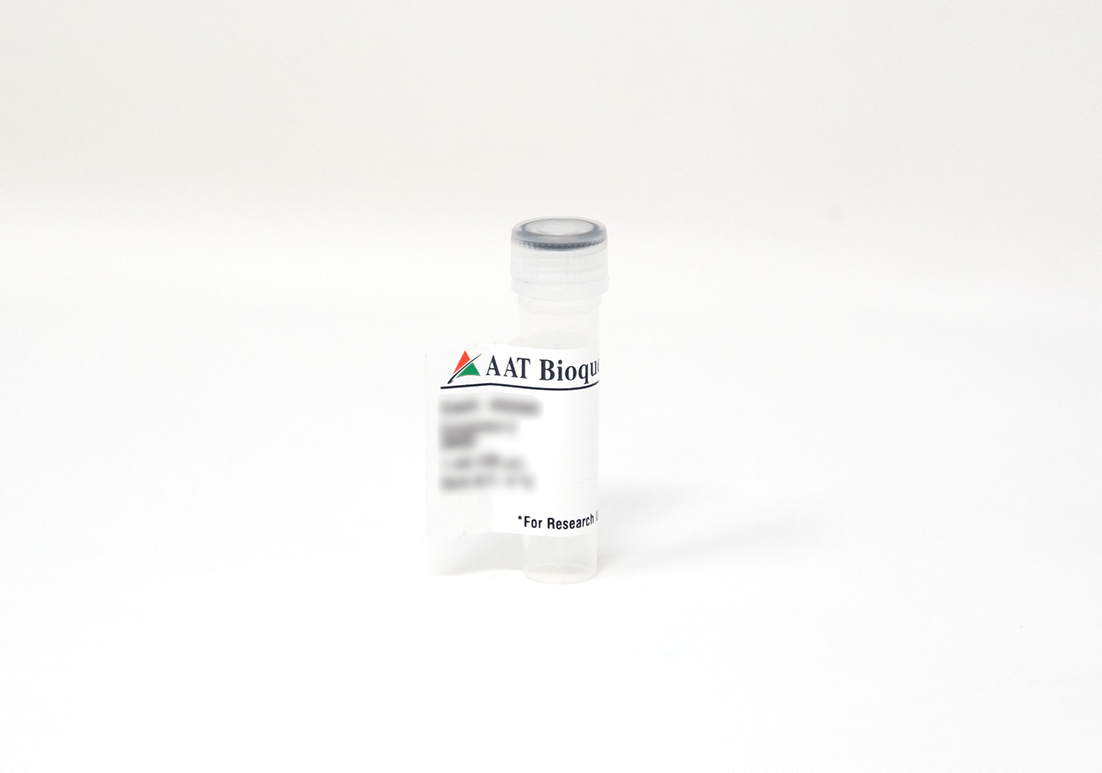MegaWox™ polyHRP-Protein A Conjugate
Protein A is a 42-kDa protein found in the cell wall of Staphylococcus aureus. It binds the Fc region of immunoglobulins from various species with high affinity. There are four binding sites for antibodies but only two of them can be used simultaneously. Protein A conjugates are useful in the indirect detection of antigens immobilized on a solid support or in tissue samples. In these assays, an unlabeled detection antibody is added to the solid phase and then the immunocomplex formed is quantified with a protein A conjugate. Protein A conjugates may be used for the indirect detection of imunocomplexes in sandwich type immunoassays, provided that Fab fragments are used instead of whole antibody molecules for coating the solid phase. The affinity of protein A for immunoglobulins depends on the immunoglobulin class and the species. For example, the affinity is low for mouse IgG1 monoclonal antibodies and high for human and rabbit polyclonal antibodies. MegaWox™ polyHRP-Protein A Conjugate is designed to deliver the highest sensitivity and low background in immunoassays where sample volume is limited or when the target molecule is present at low levels. The protein A-poly-HRP conjugate is purified to remove unconjugated protein A molecules that competes for binding sites with its HRP-conjugates. In addition, the conjugate is devoid of unconjugated HRP that can cause background signal.


| Catalog | Size | Price | Quantity |
|---|---|---|---|
| 11041 | 1 mg | Price |
Physical properties
| Solvent | Water |
Storage, safety and handling
| H-phrase | H303, H313, H333 |
| Hazard symbol | XN |
| Intended use | Research Use Only (RUO) |
| R-phrase | R20, R21, R22 |
| Storage | Refrigerated (2-8 °C); Minimize light exposure |
| UNSPSC | 12171501 |
Contact us
| Telephone | |
| Fax | |
| sales@aatbio.com | |
| International | See distributors |
| Bulk request | Inquire |
| Custom size | Inquire |
| Technical Support | Contact us |
| Request quotation | Request |
| Purchase order | Send to sales@aatbio.com |
| Shipping | Standard overnight for United States, inquire for international |
Page updated on January 4, 2026
